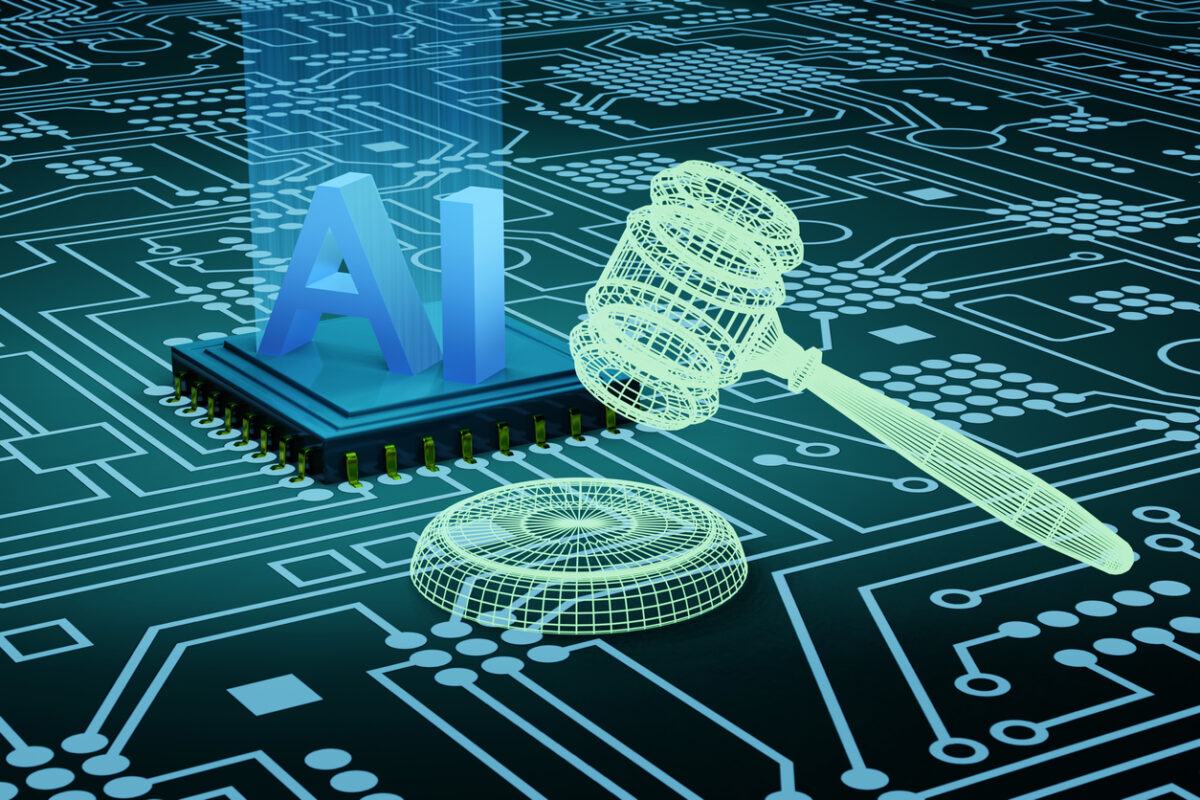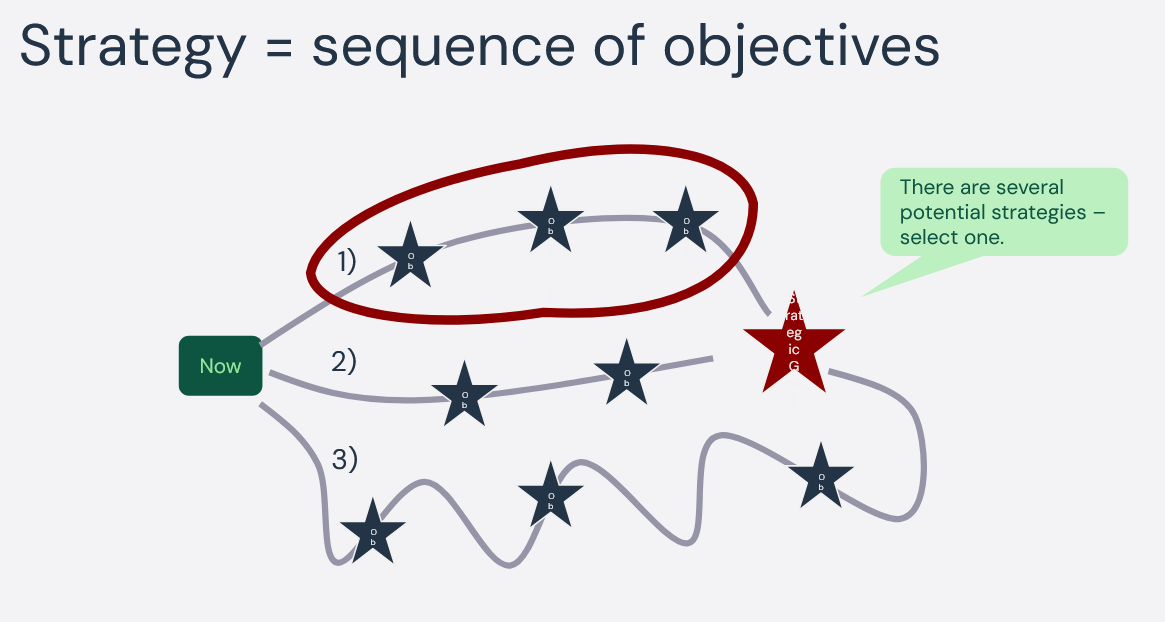For the AI Developer
A real problem with Generic AI models is hallucination. There are two popular techniques that mitigates that and improves precision – RAG and fine-tuning
Building a RAG Pipeline using legal documents
RAG enables Generative AI solutions to retrieve answers from defined sources. This improves precision of answers. In this article you can learn how to set up a RAG pipeline for your AI bot
Qwen outperforms GPT-4 in math
Different generative AI models have different qualities. Qwen is good in maths.
Learn how to fine-tune Llama 3 and Using It Locally
Learn how to fine-tune Llama 3 using a medical data set and run it locally. What is Llama3?
Mistral’s guide to fine-tuning
When do you want to use fine tuning? Mistral produces a nice list of use cases for fine-tuning (along side with this guide showing how to do it on their platform)
ps: If you would like to speed up your skills on LLM, RAG and fine-tuning – join our course “Making good use of Large Language Models”
California weakens bill to prevent AI disasters before final vote
California is in the process of passing a bill on AI development (SB 1047). The aim of SB 1047 aims to prevent large AI systems from killing lots of people, or causing cybersecurity events that cost over $500 million, by holding developers liable.
The AI industry has (not suprisingly) weighted in and diluted the bill slightly. For example: The bill now states AI developers need to take “reasonable care” their solution is not catastrophic instead of “reasonable assurance”.
Noteworthy:
“If someone spends less than $10 million fine-tuning a covered model, they are explicitly not considered a developer by SB 1047”
SB 1047 is now headed to California’s Assembly floor for a final vote. If it passes there, it will need to be referred back to California’s Senate for a vote due to these latest amendments. If it passes both, it will head to Governor Newsom’s desk, where it could be vetoed or signed into law.
AI Tools for the Digital nomad
Both Zoom and Google meet have AI features for taking notes from your meeting. Zoom has already launched “AI Companion” and Google will release “Take notes for me” in August 2024.
But how will the content you share be used? Zoom draws the line pretty clearly:
“your content is yours”. “Zoom does not use any of your audio, video, chat, screen sharing, attachments or other communications-like Customer Content (such as poll results, whiteboard and reactions) to train Zoom or third-party artificial intelligence models.” (from terms)
Google’s privacy settings for “Take notes for me” are much less transparent (uncharted space/TBD). A clue might come from Google meet where data is saved indefinately unless you remove it.
“By default, Google Workspace data stays in user accounts until the user or admin deletes it”
A precautionary move is to define a retention rule for Google meet (the notes are saved in Google drive, which is a part of Google Workspace).
How to set a custom retention rule in Google Meet




